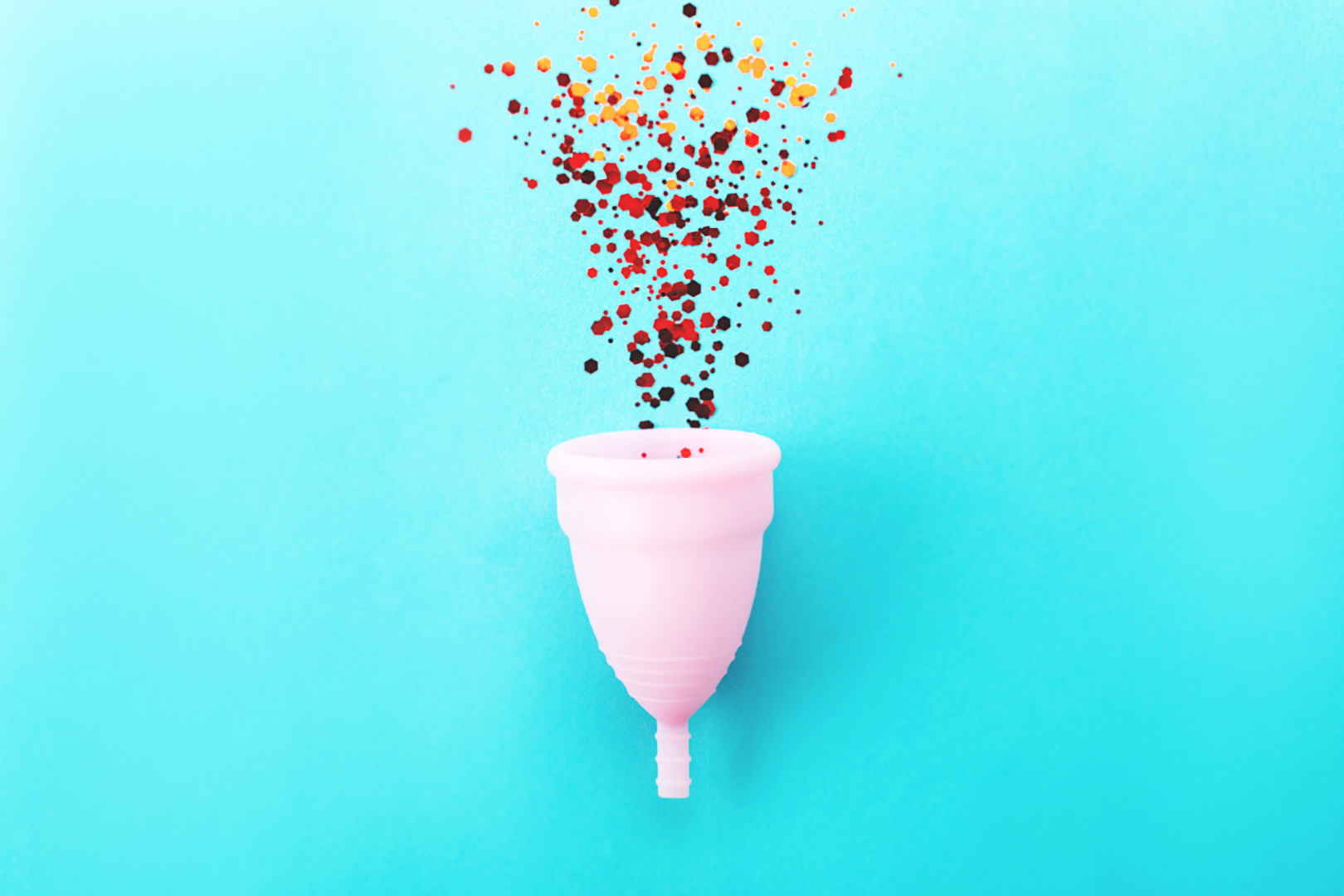The menstrual cycle and periods
The menstrual cycle affects your body and mind in many ways. During the menstrual cycle, the body produces new reproductive cells and prepares for pregnancy. The cycle starts on the first day of your period and ends on the first day of the following period. It is regulated by hormones called oestrogen and progesterone. The length of the menstrual cycle is usually between 23 and 35 days. You should monitor your menstrual cycle in order to notice any abnormalities or changes. However, for most people, the length of the menstrual cycle varies, and there can be a difference of a few days or even a week in the cycle length.
Menstruation is a sign of sexual maturity. Menstruation typically starts between 10 and 16 years of age, with an average age of 12 to 13 years. However, the onset of menstruation is influenced by many different factors, such as heredity, weight, and the amount of exercise you do. It is common for menstrual cycles to be irregular for two or three years after the start of your period.
Menstrual bleeding and fluctuations in hormone levels
The onset of menstrual bleeding is a sign that the egg has not been fertilised. During menstruation, the lining of the uterus is shed through the vagina as menstrual flow. The flow usually lasts 2 to 8 days, with an average duration of 5 days. The amount of menstrual flow is very individual, and small clots in the blood are common. Many people also have light spotting before or immediately after their period. At the start of your period, your levels of oestrogen and progesterone are very low, but within a few days, they start to rise.
After menstruation, the level of oestrogen has increased even more, causing the endometrium to start thickening again. A new egg starts to mature in the ovaries. Egg release, or ovulation, occurs 14 days before the next period, regardless of the length of the menstrual cycle. Once the egg is released, it travels to the Fallopian tube, where it can be fertilised by sperm.
If the egg does not fertilise, i.e., pregnancy has not started, the corpus luteum stops secreting progesterone and decays. This causes the oestrogen and progesterone levels, which are at their highest at ovulation, to plummet, and excess lining is removed through the vagina as menstrual flow. If pregnancy has started and the egg has been fertilised, hormone secretion continues and maintains the structure and function of the endometrium.
Menstrual symptoms and their treatment
Menstrual pain is a common menstrual symptom that usually lasts 1 to 2 days after the flow starts. The pain can be felt over a wide area and can range from the lower abdomen to the back, groin, and even the thighs. Simultaneously with the pain, you may experience stomach symptoms such as diarrhoea, flatulence, and vomiting. Headaches can also occur during menstruation.
There are a number of ways to ease common menstrual pains. Pain can be helped by, for example, light exercise or a heat pad. Pain can also be treated with over-the-counter pain medication available from pharmacies, following the instructions for use. Hormonal contraception can also help with the pain.
However, if the menstrual pain is repeatedly very severe, if you also experience pain between periods, or if regular painkillers do not help, you should take action. Read more about pain here and other atypical symptoms here.
